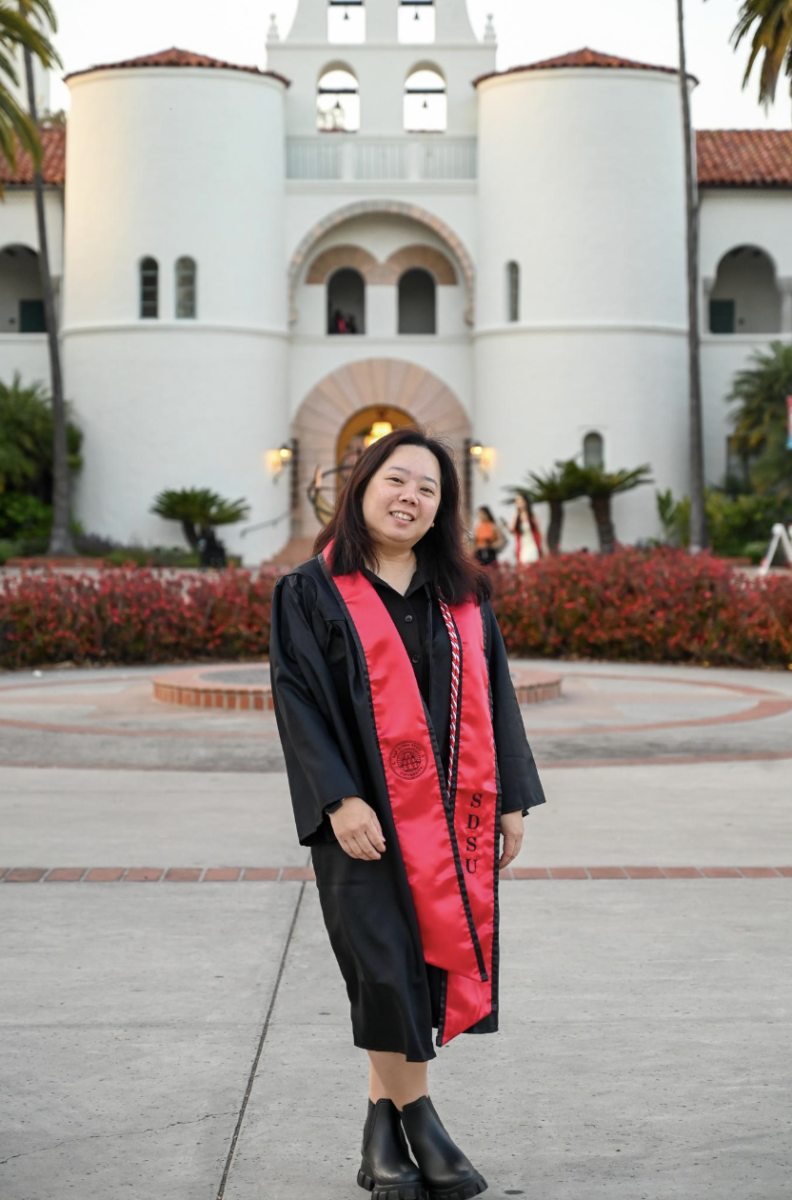The precarious financial situation of the California State University education system is well-documented. For the 427,000 students in the CSU system who are pursuing a higher education, whether undergraduate or postgraduate, the venture is becoming a more significant financial burden with each passing year. An accessory to this fact is the overriding perception that students are being utilized as a means of bailing out the budgetary woes that plague the system. Shifting the weight of economic shortcomings to the students, through continually increasing tuition, is a commonly used tactic.
This school year brought total tuition increases of 22 percent to the CSU system; and this past November, the Board of Trustees approved another 9 percent increase for the upcoming school year. According to an official press release from the CSU system, the 22 percent increase raised an additional $300 million during the current school year, but this figure was still far less than the $750 million reduction from state funding to the CSU budget.
California Lt. Gov. Gavin Newsom, who serves as a trustee, has been an ardent supporter for the financial interests of students. He delivered the following quote this past week on the topic of escalating tuition costs during a radio interview with KQED: “Higher education is the reason this economy has succeeded over the last half-century plus,” Newsom said. “We are losing that key advantage. You’ve doubled tuition since 2007, you’ve tripled it since 2001, you’re pricing out the middle class. This is a serious code-red crisis.”
There is some certain truth in his statement. If the escalating cost of higher education turns into a system that indirectly discriminates based upon a student’s economic bracket, major opportunities will be lost. The financial standing of an 18-year-old student who is entering college as a freshman is by no means an indicator of the potential successes that student could achieve. More simply, if escalating costs make pursuing higher education an unrealistic option, something not unfathomable, then a larger probability exists that the university, and the state, will suffer because of those missed opportunities.
Newsom’s financial figures from his radio interview, of tuition doubling since 2007, and tripling since 2001, are nearly accurate. In 2001, the cost of tuition and fees to attend San Diego State as a full-time undergraduate student was $1,776. By 2007, that figure had nearly doubled to $3,428. This school year, those costs will equal $6,578. This rate of increase actually gives SDSU the dubious distinction of having one of the top-10 fastest-growing tuition costs among public four-year institutions in the nation. Between 2007-08 and 2009-10, tuition increased 43 percent, placing SDSU as number 10 on the list. Of the other schools in the top 10, five were in the CSU system.
The future of tuition increases could be even more horrifying. Throughout the past decade the CSU system has increased tuition nine times in 10 years, and these increases have averaged an annual increase of 15 percent. This means the tuition a student expects to pay when entering as a freshman is likely far less than what they will actually be required to pay.
Comparatively, the national average during the past decade was a 6 percent increase in tuition. There is a breaking point. As the cost of tuition continues to increase, other options will be seriously considered; whether they are for-profit universities, out-of-state education, international education or foregoing the entire educational process.
In the wake of these startling figures a group of students at University of California Riverside has proposed a new student-financing plan aimed to afford the escalating costs of attending college in the state of California. Within the “UC Student Investment Proposal,” students would not be burdened with any upfront tuition, but would pay 5 percent of their income to the system for 20 years following graduation. UC President Mark Yudof was so impressed with the idea that he dispatched members from his inner-circle to meet with the students “to evaluate viability.”
A plan of this nature has a tremendous amount of merit. First off, its proposal has been acknowledged by those in power, and the Board of Trustees of the UC system have displayed a willingness to engage in dialogue, which shows a receptive attitude toward the escalating costs of higher education. Realizing that those hit the hardest in this situation, the students, could serve as a source of remedy for the situation is a victory. A small one, but still a victory. Through incorporating a student perspective, and directly exploring a plan put forth by students, a precedence may be established of direct involvement with students regarding financial decisions in the future.
The feasibility of this plan will certainly have to be examined. Default rates could be incredibly expensive, and major obstacles exist in addition to the prospect of universities losing a significant source of immediate revenue. However, even analyzing the plan demonstrates recognition of the major problem that is escalating tuition costs. If tuition continues to increase at such a pace, a complete redesign may need to take place — just what this plan proposes. All students who attend public universities in California should pay close attention, because the implications of the outcome, albeit a longshot, could impact our personal financial burdens in the near future.






